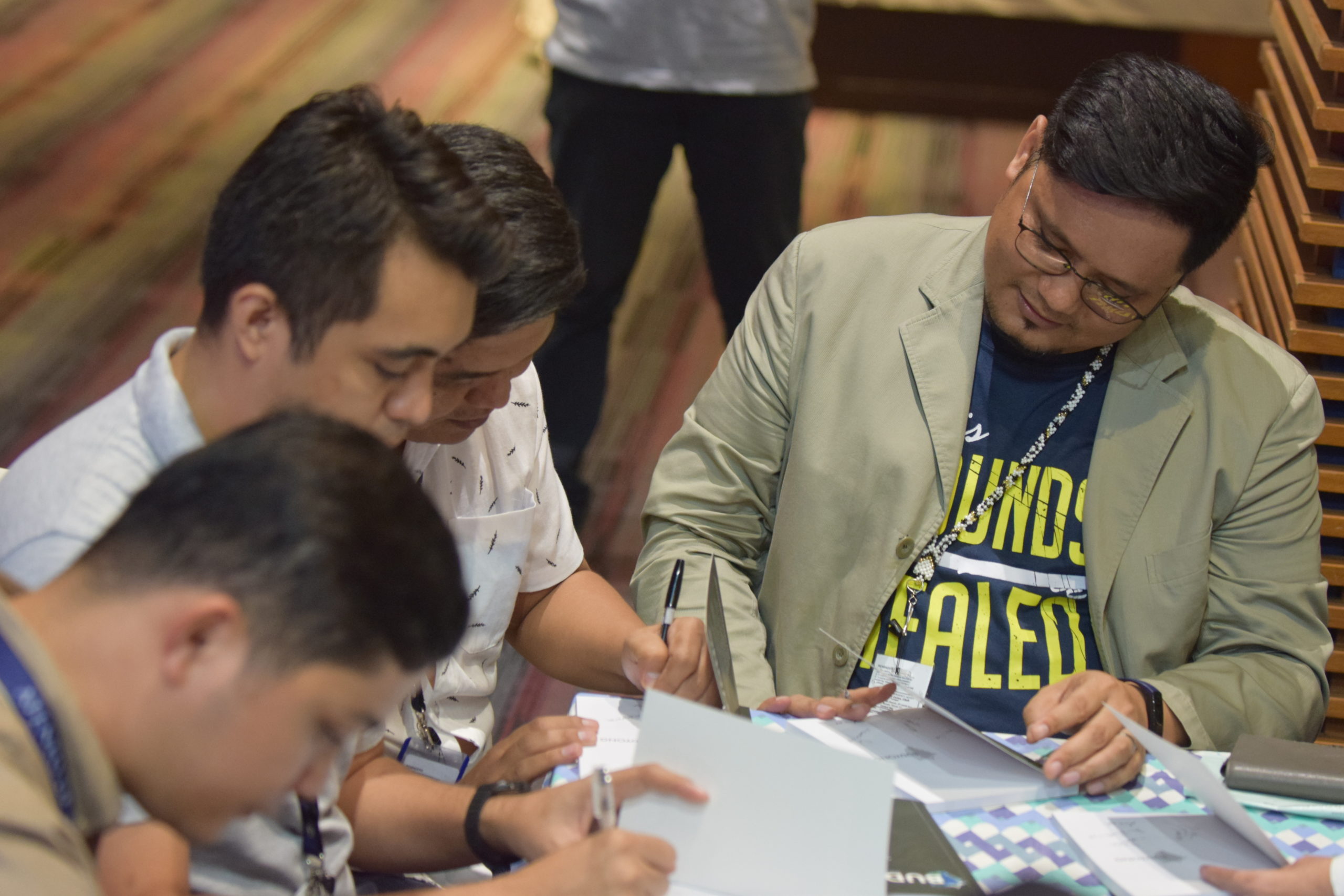In this new issue of Budyong, St. Alphonsus Theological and Mission Institute (SATMI) presents various optics in the field of doing theology. At the heart of this craft of theologizing is the attempt of the authors to ground the faith that seeks an understanding of human experience where tensions, challenges, joys, hopes, and even dailiness form the basis for thoughtful and discursive reflection.
While there may not be a common theme that can pull together all the eight articles presented in this issue, this does not mean that authors have renegaded or deserted their seriousness, to be honest with what is real. Honesty with what is real is what Jon Sobrino always insists on doing theology. It is the clamor of reality for exploration of meaning and proposition of paths for pastoral, ethical, and missionary response. A theologian ought to have the awareness to probe into reality to understand the workings of faith in real-life experience.
In light of this, a genuine theological endeavor must presume two moments in its actualization: the moment of insertion into the human experience and the moment of articulating the action of God, either expressed blatantly or still hidden waiting to be discovered. The eight articles in this issue have faithfully pursued the movement from experience to faith seeking understanding.
In “Being Enriched by our Indigenous Wellspring,” Karl Gaspar, C.Ss.R., boldly argues that the colonization era and the ecclesiastical pastoral and missionary praxes that followed it overlooked or still frown upon, if not supplanted, the rich wellsprings of indigenous belief systems because of their “inferiority” and their tendency toward “false religiosity.”
Harnessing the methods and insights of giant theologians, Edward Schillebeeckx and Raimon Pannikar, and the famous Filipino theologian, Dr. Jose de Mesa, Miguel Gaspe, C.Ss.R.’s article “Marapu as Christophany for Orang Sumba: An Experiment in Christological Inculturation,” creatively ventures into the theological exercise of inculturating the Jesus phenomenon within the particular worldview and religious tradition of the people of Sumba (Orang Sumba).
Fr. Colm Meaney’s article, “Adventures in Mission: Celebrating the Gift of Caring Presence,” unfolds the broad and complex platform of missionary engagements and various manifestations of the wealth of God’s ongoing actions in the lives of the people. Meaney’s critical missionary insights opt for the unconventional caring presence amidst the dailiness of life’s joys, pains, victories, and downfalls.
Joseph Climaco’s article, “Towards a Holistic Morality of the Christian Home,” attempts to contextualize moral theology by using the optic of the home as the central organizing principle in the moral discourse. His deductions of the meanings of the home lead him to seek a personalist morality, which Vatican II strives to bring into the heart of renewal in moral theology.
Froilem Bonn S. Barretto, C.Ss.R.’s article “Journeying with the Youth: Stories as Mission Frontiers,” shows how the journaled stories of students of the Integral Educational Academy of Sri Lanka and his encounter with them become a viable vehicle for a missionary’s immersion into their living reality. Barretto stresses that for a missionary to be a genuine witness in the Church today, his or her very life ought to testify the message of love, mercy, and compassion among the people, particularly the youth.
Mark Anthony Zarate, O.F.M., courageously and reflexively ventures into the less-traveled terrain of the spirituality of everyday life. In the article “Quotidian Spirituality in the Dailiness of Valencia: A Tool for Missiological Re-Imagination,” Zarate draws out from the narratives of the people he encountered a practical holiness that can suffuse the typically embraced privatized spiritual means or psychological exercise of touching the presence of God in one’s life.
The short article of Fr. Jonesito R. Saguban, T.O.R., “Grace in the Higaunon Traditonal Religion,” presents the anthropological wealth in the tribe’s creation myth and its ritual, Pasabay, to discourse on the theology of grace.
Sr. Miriam Alejandrino, O.S.B., demonstrates in “Mercy in Violence,” how the biblical story and poetry in the Book of Judges 4 and 5 can be harnessed to provide paths in discerning missionary posture vis-à-vis the current dispensation of suffering, injustice, and oppression in the land. Alejandrino uses her familiarity with biblical meanings and nuances to blend the drama of God’s merciful intervention in history, the Church’s attempt to continue missio Dei, and the missionaries assumption of responsibility for the destiny of the humankind.
All the eight articles presented in this issue genuinely mirror the serious commitment of professors, students, and supporters of SATMI to the craft of theologizing that is both contextual and practical. May this modest contribution of SATMI to the local Church continuously find more men and women not only seek the new face of God in concrete life realities but also to articulate it in theological discourses.





